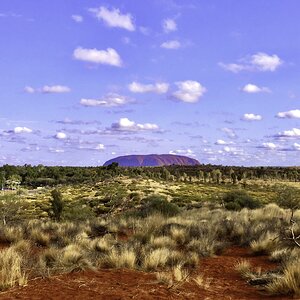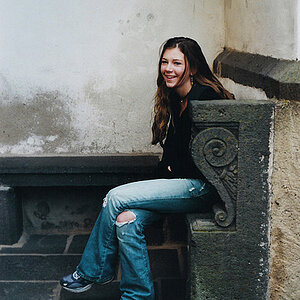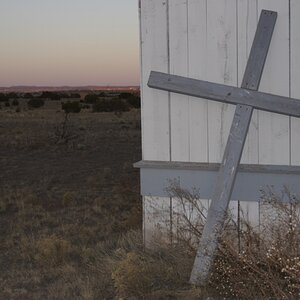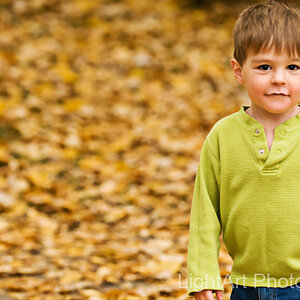- Joined
- Nov 19, 2010
- Messages
- 2,507
- Reaction score
- 440
- Location
- San Jose, CA
- Can others edit my Photos
- Photos OK to edit
I am interested in starting to shoot film, as well as developing it. However, I have very little space for a 'Darkroom'. I have been told by friends that I can develop 35mm film in a relatively small container, and then simply scan the negatives and use them. Can someone point me in the right direction? I have zero experience with developing film / working with negatives / scanning negatives, and have next to no clue what I should get. I am also looking to stay as small as possible as I have very little room.



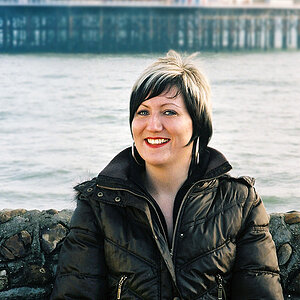
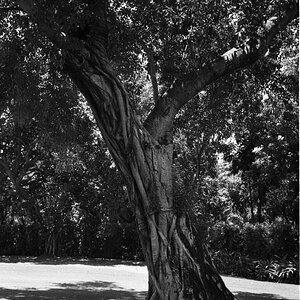
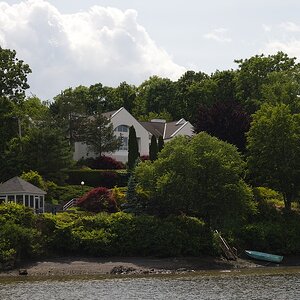
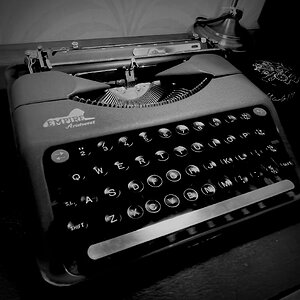
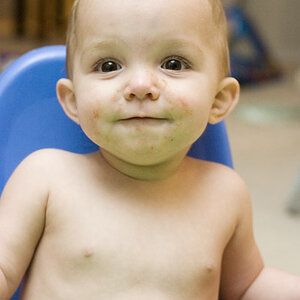

![[No title]](/data/xfmg/thumbnail/33/33421-38d09827e584b8381c5e3a468cdf0159.jpg?1619735961)
![[No title]](/data/xfmg/thumbnail/36/36302-6ee4929dfdf80290ffd73704693e860f.jpg?1619737496)
